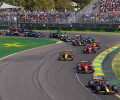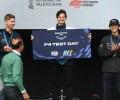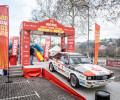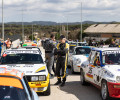Completing the circuit

The importance of motor sport venues and the role they play in the development of the sport was the main topic of the first interactive session of the FIA Sport Conference.
Using a variety of case studies and opinions from industry experts, the session took a detailed look at the need to create a business model that supports not only the motor sport activities of a race track, but also the economic viability of the venue as a whole.
Racing is only one part of the huge structure that makes up a successful motor sport venue, and delegates were advised that any business model for a circuit facility needs to recognise that its core motor sport activity might only make up one third of its total business.
Delegates were presented with information from the FIA on the circuit homologation process which an ASN goes through to license a circuit, and there were also scenarios discussed in which ASNs could help to convince investors – be they government or private – to fund the development of circuits.
To help illustrate these key points, a panel of experts, including FIA Deputy President for Sport Graham Stoker, Jacques Berger from the FIA’s Safety Department, CAMS President Andrew Papadopoulos, offered further advice, while representatives of circuit design rms Tilke and Apex outlined the process that they go through in working with ASNs and investors to being new venues from concept to reality. This provided a useful link between the sporting and commercial model required to build a sustainable motor sport business.
Finally there were some case study examples presented to delegates. These were Sydney Motor Sport Park and Bushey Park in Barbados which are real-world models of how to develop successful and viable circuits that not only deliver important outcomes for the sport, but also support motor sport as an industry.
Throughout the session there was strong engagement from the assembled ASN representatives, who asked a variety of questions from the panel ranging from the methods of engaging with governments to the implementation of temporary circuits and the process of assessing potential new venues. It was an ideal scenario to provide information that delegates can take back and apply directly to projects in their regions.

 Facebook
Facebook Twitter
Twitter






